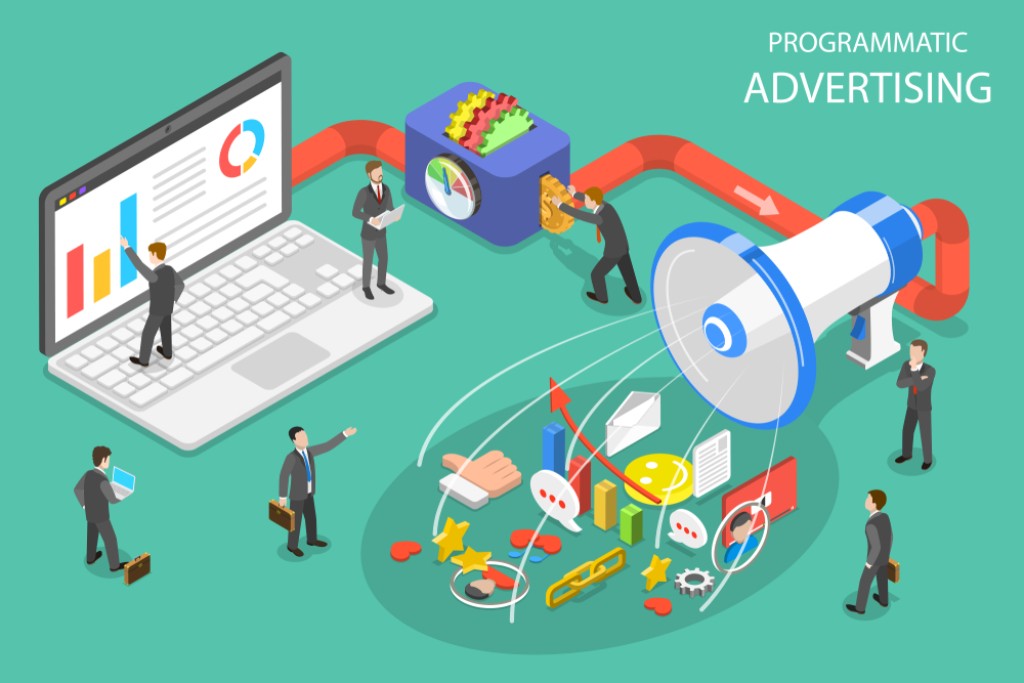In the 21st century, many marketers can’t imagine digital advertising without the support of artificial intelligence and advanced analytics. It allows them to work more quickly and achieve better results. But that wasn’t always the case. When did programmatic advertising start its rise? Let’s find out!
The Beginning Of Programmatic Advertising
If you think that the advertising market changed overnight, you’d be wrong. Most transformations are gradual and consist of various micro-changes. Only when you look back, you notice that your environment has changed significantly. Programmatic advertising is no different. Among the milestones that lead us to this moment, we can highlight static banner ads, first ad servers and then the creation of two essential Google tools: Google AdWords and Google’s AdSense.
Ins and Outs Of Programmatic Advertising
Now that we know the path of programmatic advertising a little better, it’s time for its definition. So what is it? It’s an automated platform that oversees the transactions that enable you to purchase and then place advertisements on apps and websites. The system works in real-time, using current data and algorithmic software in order to run an efficient network that focuses on buying and selling ad space. Thanks to this combination, you can enjoy ads that are tailored to your target groups, precisely targeted, and placed in the right places.
How Does Programmatic Advertising Work?
A programmatic advertising system is an instrument that helps publishers and marketers meet online and enables them to almost completely automate the process of purchasing advertisements, leading to the automatization of the management of online campaigns as well. Even though the whole thing started because publishers simply wanted to monetize their inventory, it led to the invention of an efficient and straightforward process that suits both sides. With the introduction of AdSense, publishers could offer advertising space on their websites, which resulted in the avalanche of SPAM sites. Fortunately, the first real-time bidding systems appeared soon after and stabilized the market. It was also a clear sign for programmatic advertising companies to focus on automation and data-driven solutions. This resulted in the creation of a more effective and efficient advertising system that also offered a reduction in costs.
The Hottest Programmatic Advertising Trends
Programmatic advertising continues to develop each day, but we can pinpoint some of the more popular trends that already have a pretty big influence on digital advertising.
1. General process automation
Advertising automation benefits all parties, starting from the owners of programmatic platforms and ending at businesses that want to promote their content online. The transaction between the sides is instant, and the overall performance of ads improves.
2. Contextual targeting
Improving user experience is one of the main advantages of programmatic advertising, and the best example is contextual targeting. It shows the users’ ads that are very closely related to the content they are consuming right at this moment.
3. Video advertising
Videos are the most well-liked form of consuming content, and programmatic advertising methods allow you to target them to the right audiences.



